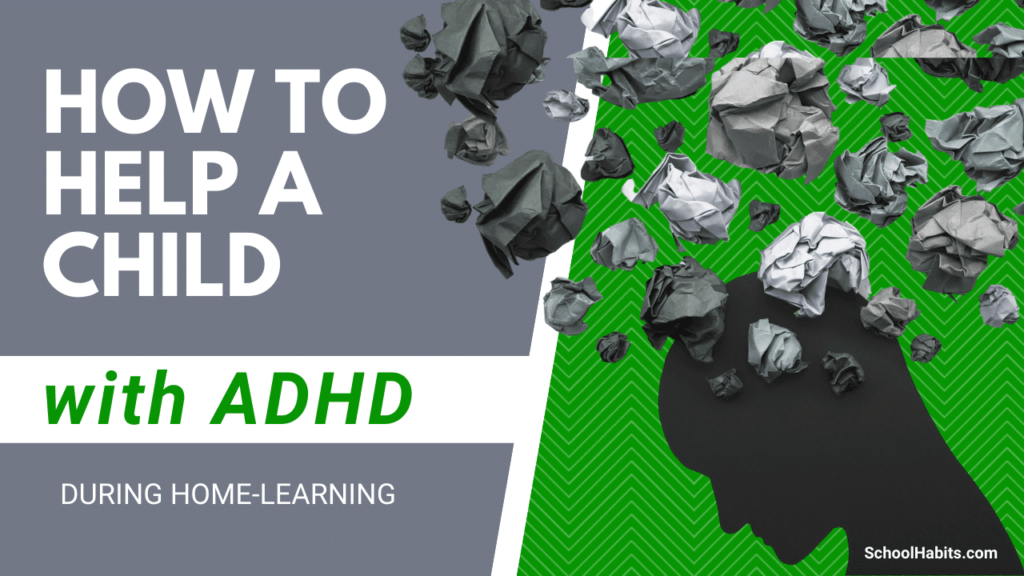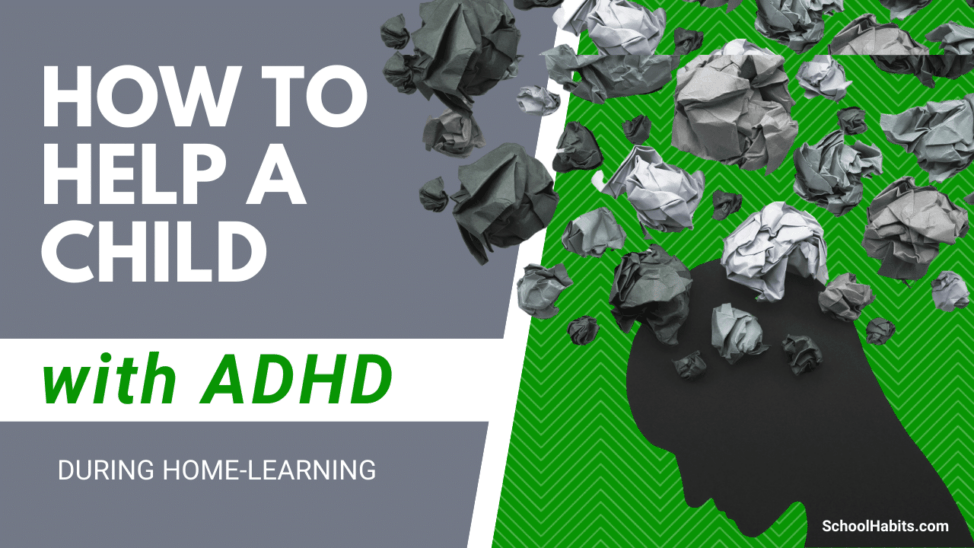
By Katie Azevedo, M.Ed.
Remote learning is challenging even for typical learners. But students with ADHD have a unique set of the challenges that are magnified during remote or hybrid learning. As an executive function coach who specializes in ADHD, I hear from parents weekly about their struggle to manage their children’s home-based education.
If you are a parent or care-giver and are struggling with how to help a child with ADHD, you are not alone. It is difficult. And there is no one-size-fits-all solution. But below, you’ll find tips that might help alleviate some of the struggle.
How to help a child with ADHD during remote learning
1. Utilize a timer to signify transitions between activities.
Timers help make time, which is an abstract concept to those with ADHD, seem definite and concrete. Set a timer to mark the beginnings and ends of activities such as classes, breaks, and lunch. Using a timer helps those with ADHD transition more smoothly between contexts. You can use an online stopwatch like this one or digital timer like this one. You might have to be in charge of setting the timer in the early stages of establishing this habit, but the goal would be to ultimately transition the responsibility to your child.
2. Pre-plan activities for structured break time.
Avoid open-ended “free-for-all” break time; instead, give a choice of 3-4 activities that your child can pick from. Involve your child in brainstorming what these choices are. Write up a visible list of the activities you’ve chosen together, or if possible, store them in a container (things like games, jump ropes, etc.)
3. Balance high stimulus activities with low stimulus activities.
Kids with ADHD crave high stimulation activities (those that provide urgency / novelty), but they can have difficulty transitioning away from them. Plan a high stimulus activity for after a long stretch of lower-key work.
4. Be open-minded to atypical working environments.
Children with ADHD often work best in atypical conditions (with or without noise, laying down or sitting up, wrapped in blankets or with their things arranged “just so” around them). Parents and caregivers should determine the conditions in which the child works best – even if it’s odd! – and encourage that.
Many students with ADHD are kinesthetic learners, so here are some tips for setting up workspaces specifically for kinesthetic learners.
5. Use multiple mini-breaks throughout the day instead of fewer longer breaks.
Pre-planned, frequent mini-breaks can be more beneficial to kids with ADHD than fewer longer breaks. If your child is on a rigid remote learning model (highly structured mandatory computer video presence), then work with your child’s teacher to implement an accommodation that allows for frequent mini breaks.
6. Use visible lists of tasks and reminders.
ADHD impacts a child’s working memory, and so students with ADHD need reminders of what to do and when to do it. It’s not accurate to call a child with ADHD “forgetful” or “lazy” – rather, they have actual attention and memory deficits; this deficit prevents them from remembering all they need to. For this reason, you must do your best to insist that they use an external memory system, or a planner. If they resist a total planner set-up, then use a simple one-page daily or weekly task list. If there’s anything that should be non-negotiable, it’s this.
7. Set limits and boundaries.
Children with ADHD need structure and limits. This is not meant to be a disciplinary strategy, but one that is actually pacifying. Be clear and unemotional when setting these boundaries. Speak fact-like and avoid language that can be subjective (fair, right, easy, hard, etc.). Use boundaries and limits for screen time, break activities, volume control, and more. Use these discriminately but also consistently.
8. Use negotiation instead of argument.
If you’re trying to help a child with ADHD during remote learning, you’re likely familiar with the epic power struggle – even over the tiniest of things.
First, as I outline in tip 7, set consistent limits and boundaries whenever possible: this structure helps to prevent power struggles. If you find yourself in the middle of a power struggle, choose negotiation rather than argument. Do your best to find a middle ground between what you want and what your child wants. This means you don’t get the exact outcome you were hoping for, but it will mitigate the situation and model compromise to your child.
Final notes on helping a child with ADHD with school
If you’re caring for a child with ADHD, you have your work cut out for you. You deserve to be as patient with yourself as you’ll need to be with your child. It might take a trial-and-error approach to find what works, but that is okay. Your child is unique, and that is beautiful.
More ADHD resources

